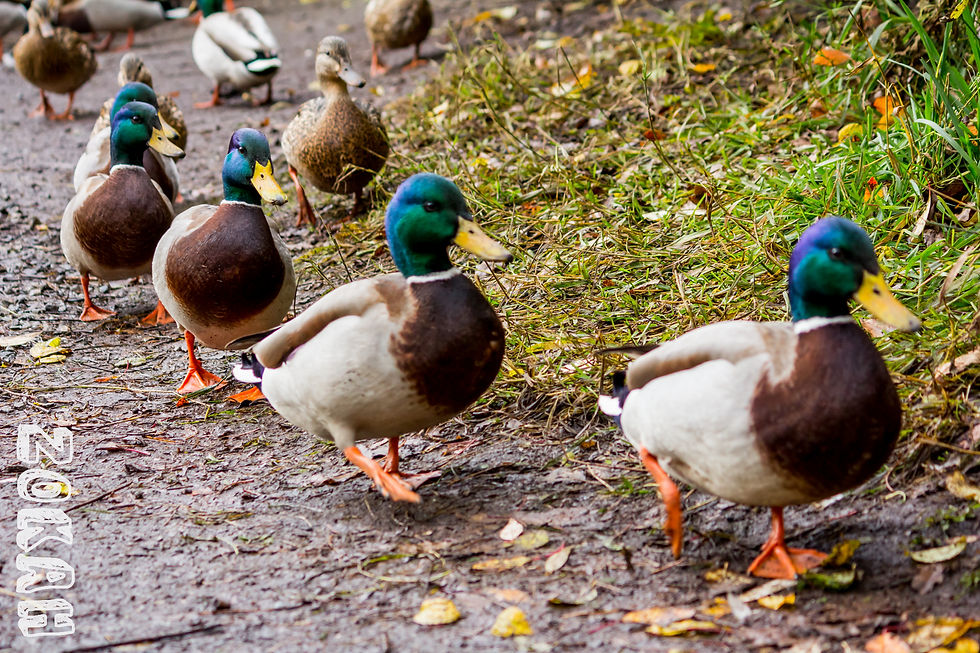What donors want; an insiders secrets to getting funded in conservation
- Victoria Price

- Mar 19, 2019
- 4 min read
Updated: Dec 23, 2020
There’s nothing more frustrating than when you’ve written a great project, yet you’re still not getting the nod from donors. Often large grant funds don’t have the time to send feedback and it can make it really hard to know what that missing piece of the puzzle is.
Having personally read and reviewed hundreds of nature conservation funding proposals, I can confidently say the reasons projects don’t get funding are often very simple. So rather than tell you what not to do, I’m going to tell you what to make sure to do, to ensure you don’t miss out next time.

You’ve got to be eligible
It’s common sense and you don’t need me to tell you this, but always check you meet all of the eligibility criteria. That said, who hasn’t had that dangerous thought when writing an application; ‘well it meets most of them, maybe if we put in an application they’ll see how great the project is and fund it anyway’. In my experience, this never happens.
When you’re looking at potential funders make sure you fit with their priorities. Remember, your time is valuable so don’t waste it writing proposals are unlikely to be successful. Instead, invest your time wisely in writing proposals you have a good chance of winning.
State the need
No matter how well-known your target species or landscape is, it’s dangerous to assume people already know why your project is actually needed. Projects that don’t get funded often assume that simply because their work focuses on a threatened species, the project is fundable and will make a difference.
To avoid the above, look critically at your proposal and ask yourself what will change for the species or habitat as a result of this project. Always spell out in your application exactly what will happen as the result of their investment.

Tick their boxes
The people reviewing your application will have been given certain criteria, and they’ll be looking for all of them. Some of these criteria will be clearly stated in the application documents, but some of it will be implicit, so the best way to ensure you match these criteria is to ‘speak their language’.
By reading the donors website and looking at past projects you should get a feel of what they like to fund, and why. Keywords and technical themes will emerge and give you an indication of their priorities. You can use this information to ensure you tick as many of their boxes as possible.
Make it memorable
If you’re applying for conservation funding, it’s likely that there will be hundreds more applicants too. Some applicants simply slip up because there is nothing ‘exciting’ within the proposal. That’s not to say every project you submit needs to be unique or eye-catching, but it does need to be memorable.
To ensure your project is memorable, make sure you haven’t cloaked your proposal in technical jargon. You should make every effort to use plain language to explain what you plan to do, and why. If possible, get a friend to read it over and highlight what they don’t understand or, simply search for terms used widely in your own organisation/specialism (as these are likely to be jargon). When you find jargon, change it or add to it to describe what you mean in simple English.

Make it real
Many projects make the mistake of being over-ambitious - especially smaller grants with a 5-20k budget. Small and short-term projects should be careful about over-committing and instead of promising the World, describe how your short-term efforts contribute to the bigger picture.
When calculating your budget make sure you’re realistic about what can be achieved for the money, and be honest with the donor about this. To do this, once you’ve finalised the budget, revise your objectives, activities and project indicators to ensure fit with what you can achieve with the money.
Make it consistent
Absolutely always double-check that your outcomes/objectives/activities match! The majority of unsuccessful applicants fail to do this. To make sure you’re not one of them, ensure your budget, log frame and methods etc. match the narrative of your proposal. This will show reviewers that your project is well thought through and provide them with the confidence to know that the money will be spent wisely.
Show your working
This is perhaps the most difficult aspect of proposal writing and one thing you learn over time however, you should always try and show how your project will work. This information should be the glue threading through your proposal and is often referred to as a ‘theory of change’.
The idea behind this is that your activities should be addressing a change you want to make in the long run (which in turn is defined by your objective, outcomes and goal). Each of your objectives should be complimentary and feed into your overall goal but, ultimately should make logical sense in how they will achieve change of the ground. It's useful to run workshops with your project team in advance of grant applications in order to ensure you have a strong and robust theory of change.
Following the above steps will help you to improve your proposals to nature conservation donors, however it's always useful to seek advise from experienced friends or colleagues. To seek further advice on proposal writing or theory of change, chat to me below, visit my contact page, or find me on Twitter. I'm here to help!
Cover image credit; Money/flickr.







Comments